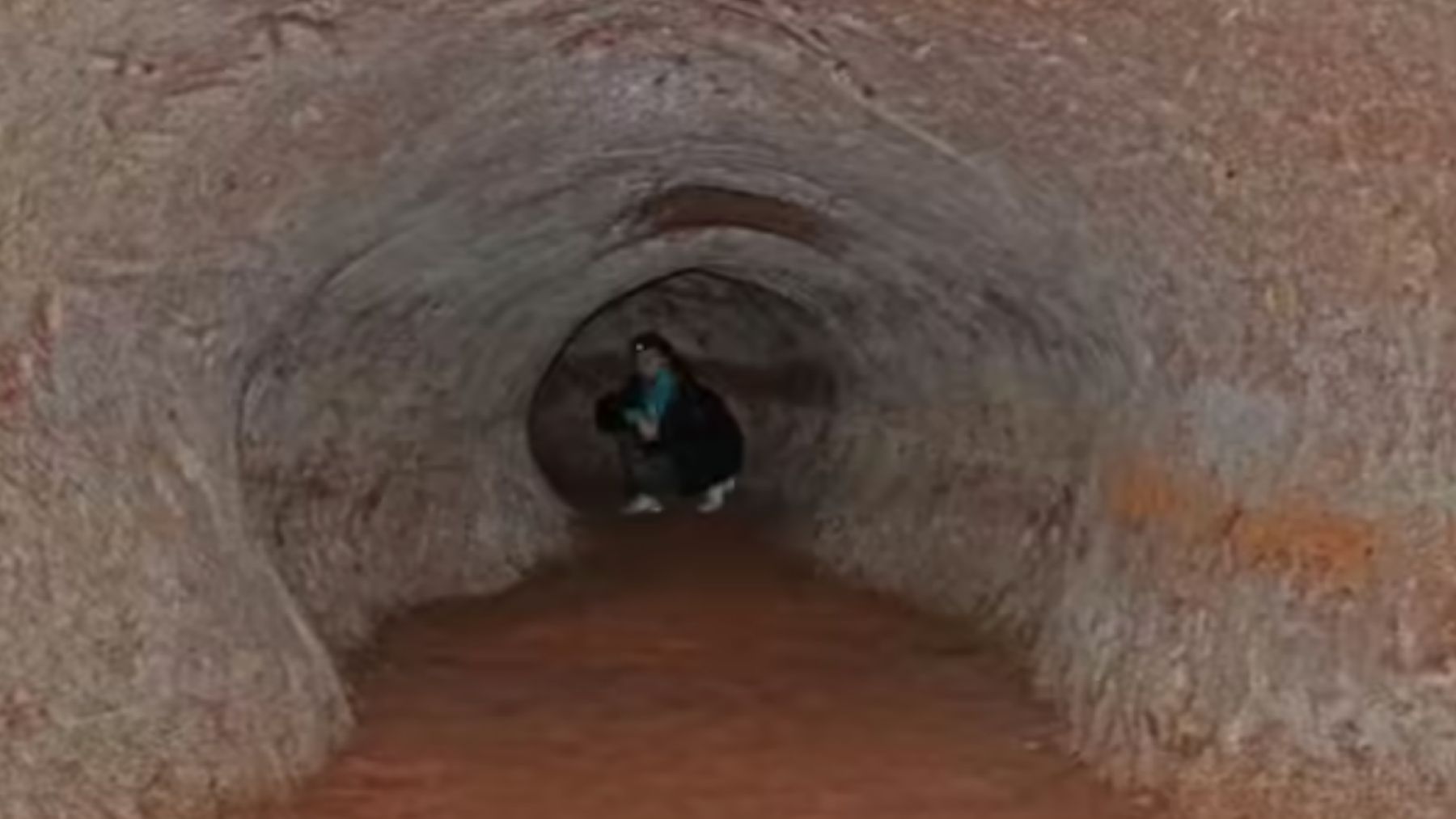Known as the mystery of the tunnels, this mystery has been a source of concern to residents of parts of Brazil and Argentina. According to available data, the tunnels are more than 600 meters long and 1.8 meters high. According to Science Advances, the reason for the existence of these more than 1,500 tunnels is believed to be related to the presence of giant ground sloths in these areas. These creatures were responsible for constructing these tunnels with their claws, which are visible on the tunnel walls.
“There is no geological process in the world that produces long, circular or elliptical tunnels that branch out and rise and fall”
The tunnels were located in the Rio Grande do Sul region and were first identified by Heinrich Theodor Frank, a professor of geology. “There is no geological process in the world that produces long, circular or elliptical tunnels that branch out and rise and fall, with claw marks on the walls,” Frank explains. Due to their size, human intervention or a geographical accident was initially considered, but subsequent studies ruled out both hypotheses.
These formations, according to researchers, were not created by humans or any natural geological intervention. Therefore, the research work was arduous until they found their origin. It was probably simpler than scientists imagined. The cavities were excavated by giant sloths, now extinct, whose existence is supported by claw prints and marks on the walls, as explained above, which have no equivalent in modern sloths. These animals, according to specialists, were herbivores during the Pleistocene, which lasted between 8,000 and 10,000 years ago.
One theory suggests that this structure served as a refuge for these creatures and was designed as such over several generations
Some specimens were similar in size to elephants, which, along with their claws, allowed them to dig deeply and thus form this network of tunnels. Specifically, according to scientists, these animals were similar to “elephant-sized hamsters” and could reach up to 4 meters in length. One theory suggests that this structure served as a refuge for these creatures and was designed as such over several generations of this species. It is estimated that nearly 100 species of sloths existed in the Americas between 15 million and 10,000 years ago.
According to current data, Megatherium and other herbivorous genera from the Pleistocene (8,000 to 10,000 years ago) would have been responsible for excavating and maintaining these structures, transmitting their use over generations. Experts comment that “it is possible that the behavior was playful, but human interactions with sloths are probably best interpreted in the context of stalking and/or hunting.”
Evidence: Now we know who was responsible for creating these structures
This is, therefore, a very interesting discovery. On the one hand, it answers the questions that have existed until now about how these tunnels came to be. Without real evidence or proof, it was difficult to determine the reason for their creation. Now we know who was responsible for creating these structures. It is believed that humans hunted these specimens, and as a means of survival, these sloths found refuge in these tunnels. In other words, as a way of protecting themselves from humans and other species.
As a means of escape and shelter, these tunnels appear to have served their purpose, since, as we explained earlier, they have remained standing for many years. Considering that in hand-to-hand combat they could have had a certain physical superiority thanks to their enormous size and sharp claws, when this wasn’t enough, the tunnels were the perfect refuge. “Sloths would have been formidable prey. Their strong arms and sharp claws gave them lethal reach and a clear advantage in close-quarters encounters,” the experts explain.
